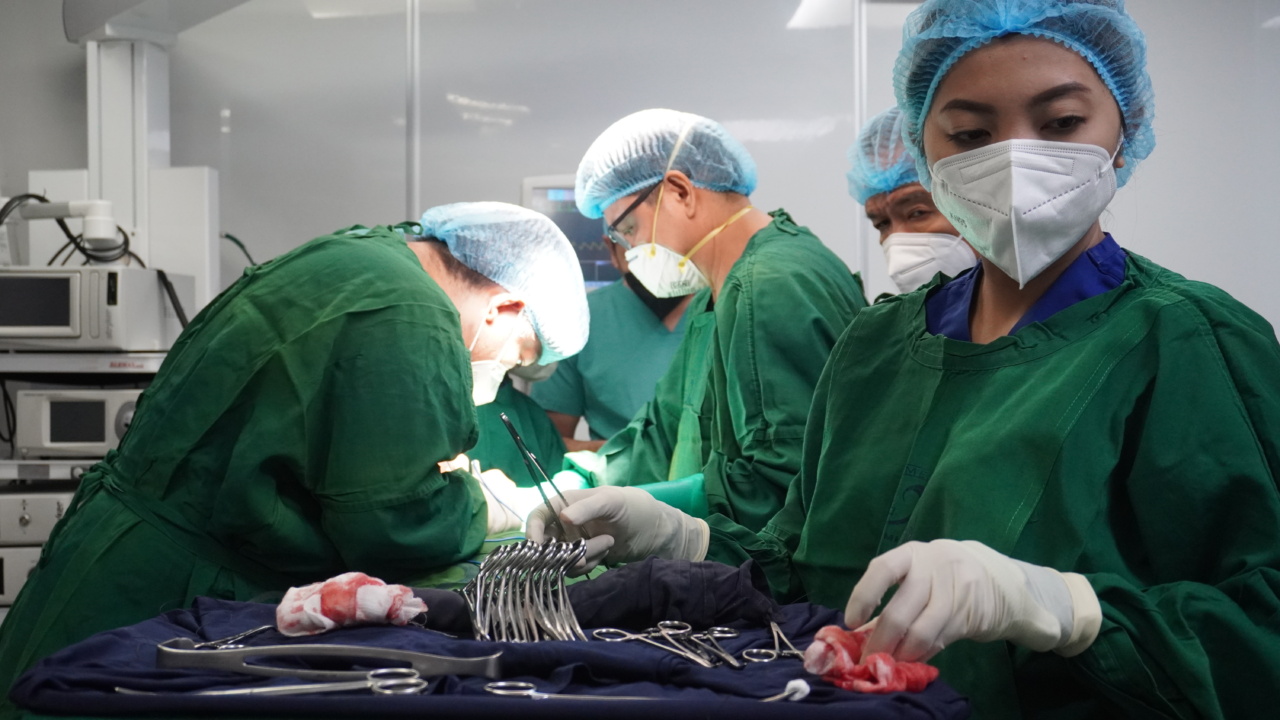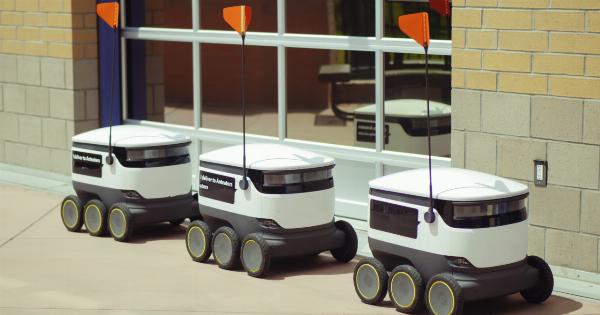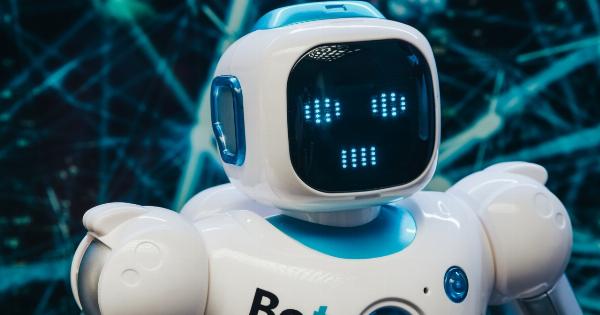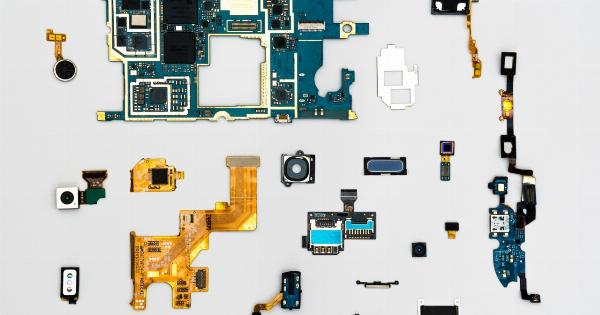In recent years, advancements in technology have revolutionized the world of surgery. From robotic machinery to artificial intelligence, innovative tools have been developed to enhance precision, efficiency, and patient outcomes.
One such groundbreaking development is the utilization of mechanized ants in surgical procedures. These miniature robotic creatures are playing a remarkable role in the field of medical science, bringing a host of benefits to both surgeons and patients.
In this article, we will explore the fascinating world of mechanized ants and how they are transforming the landscape of surgery.
The Origins of Mechanized Ants
The concept of using mechanized ants in surgery was inspired by the incredible efficiency and teamwork demonstrated by real ants in nature.
Ant colonies are known for their intricate organization, and their ability to collaborate on complex tasks is extraordinary. Scientists sought to replicate this amazing teamwork and adapt it to the operating theater.
How Do Mechanized Ants Work?
Mechanized ants are essentially tiny, robotically-controlled devices that mimic the appearance and movements of real ants. These miniature machines are equipped with microsurgical tools and are remotely operated by skilled surgeons.
The ants are controlled via a central computer system, which allows for precise control, real-time feedback, and advanced navigation capabilities.
The Benefits of Mechanized Ants in Surgery
1. Enhanced Precision: The miniature size of the mechanized ants allows surgeons to access and manipulate delicate tissues and structures with unparalleled precision.
This level of accuracy minimizes the risk of damage to surrounding areas and ensures optimal surgical outcomes.
2. Reduced Invasiveness: In comparison to traditional surgical techniques, mechanized ants offer a minimally invasive approach.
Their small size allows for tiny incisions, resulting in reduced scarring, fewer complications, and quicker recovery times for patients. Additionally, the risk of infection is significantly diminished.
3. Increased Efficiency: Mechanized ant surgery often requires a smaller surgical team due to the automated nature of the devices. This reduces costs and streamlines the surgical process, allowing surgeons to perform procedures more efficiently.
The robots can simultaneously perform multiple tasks, further optimizing time management and overall productivity in the operating room.
4. Improved Training and Skill Development: Mechanized ants provide an excellent training tool for surgeons, allowing them to enhance their skills in a controlled environment.
Surgeons can practice complex procedures repeatedly, refining their techniques and gaining proficiency before operating on real patients. This leads to better surgical outcomes and an overall improvement in patient safety.
Applications of Mechanized Ant Surgery
1. Microsurgery: The precise movements and small size of mechanized ants make them ideal for microsurgical procedures, such as delicate eye surgeries or nerve repairs.
The robots can navigate through tight spaces and perform intricate tasks with exceptional accuracy, improving outcomes for patients.
2. Endoscopic Surgery: Mechanized ants have also found success in endoscopic procedures, where they can navigate through organs and perform various tasks without the need for large incisions.
This approach reduces patient discomfort, increases postoperative recovery speed, and decreases the risk of complications.
3. Biopsy and Tissue Sampling: With their advanced navigation capabilities, mechanized ants can be used to collect tissue samples from specific areas of the body.
This aids in the diagnosis of various diseases, such as cancer, with increased accuracy and reduced invasiveness.
Challenges and Future Developments
While the utilization of mechanized ants in surgery is undoubtedly revolutionary, there are still challenges to overcome and improvements to be made. Some of these include:.
1. Size Limitations: The current size of mechanized ants limits their application to certain procedures. Researchers are working on further miniaturization to expand the range of surgeries where these devices can be employed.
2. Battery Life: The power source for mechanized ants is crucial, and ensuring an adequate battery life for complex surgeries remains a challenge.
Advances in battery technology are expected to address this limitation and extend the devices’ operational capabilities.
3. Autonomy and Decision-Making: Although the central computer system controls the mechanized ants, current models still rely heavily on surgeon input.
The development of more autonomous robots, capable of decision-making based on real-time data, is an area of active research.
The future holds immense potential for mechanized ants in surgery. Research and development efforts are focused on refining their abilities, enhancing their navigation systems, and expanding their range of medical applications.
From cardiac surgeries to neurosurgeries, the possibilities are endless.
Ethical Considerations
As with any advancements in technology, ethical considerations arise when implementing mechanized ants in surgery.
It is essential to weigh the benefits against the potential risks and address concerns regarding patient safety, data security, and potential errors that may occur in the robotic systems. Regulatory frameworks are being developed to ensure the safe and responsible use of these devices.
The Future of Surgery: Welcome to the World of Mechanized Ants
The field of surgery is continually evolving, with technology playing an increasingly significant role.
The integration of mechanized ants into surgical procedures offers a range of benefits, from enhanced precision and reduced invasiveness to improved training opportunities for surgeons. As research and development in this field continue to progress, the boundaries of what is possible in surgery will undoubtedly be pushed.
The day may not be far when mechanized ants become a ubiquitous feature in operating rooms around the world, transforming the way surgeries are performed.



























